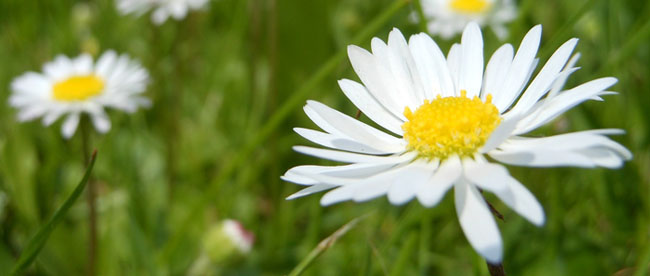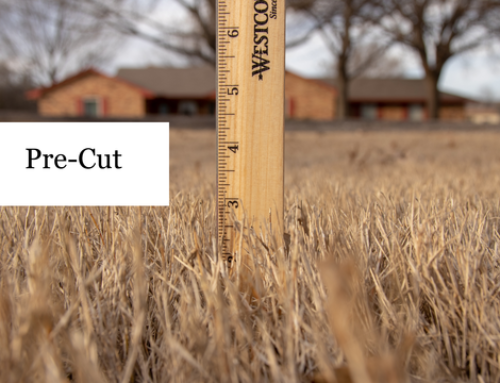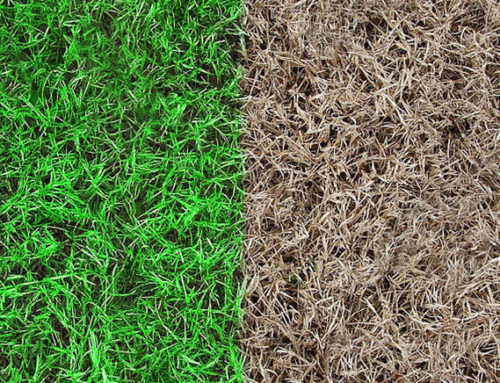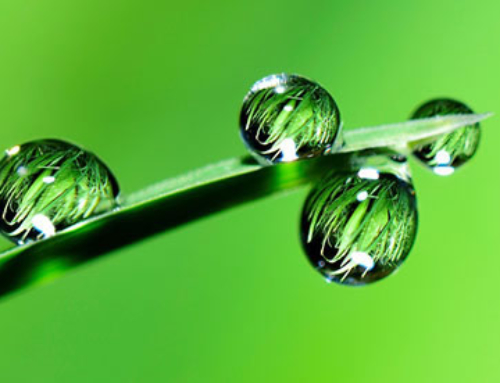“The primary purpose of spring lawn care is to produce a lawn tough enough to survive the summer.”
Batter up! It is springtime and the sound of bats cracking fill the air, but before teams like the Texas Rangers took the field in Arlington, they spent months in Spring Training. This period gave recruits a chance to earn a spot on the roster and for existing players to “knock out some of the rust.” Spring Training is not a time for competitive play; rather, it is a time to practice the fundamentals: hit, run, catch, throw, repeat.
While baseball players devote countless hours developing their baseball skills, the game of baseball is simple: hit, run, catch, throw, repeat. The better players can become at executing the fundamentals, the better chance they have of winning a pennant.
The same principle holds true for spring lawn care. While maintenance and products will improve your lawn and deal with specific issues, your lawn requires the following fundamentals: sunlight, water, and food.
Fundamental 1: Sunlight
In high school biology, we learned about photosynthesis. Photosynthesis is the process by which plants use light energy to convert carbon dioxide and water into food. It should then go without saying that if your grass is not getting enough sunlight, then your grass will not grow. The amount of sunlight needed depends on the type of grass, but four to six hours a day is always a minimum even for the most shade-tolerant lawn.
It is highly likely that there are portions of your yard that are not getting enough sunlight. In most cases, this is a byproduct of where your structures (home, shed, etc.) were placed. In these situations, there is not much that can be done, except perhaps a nice rock garden. In cases where trees and shrubs hinder sunlight, removing lower limbs will go a long way in providing more light.
At the start of spring, we also recommend that you mow low and bag the clippings. Mulching your grass does have benefits, but you want as much light as possible reaching your soil during spring. By mowing your lawn on a lower setting and bagging the clippings, you will be able to remove some of the dead thatch that has built up on the lawn; thus, allowing more light to reach the root system.
Fundamental 2: Water
Lawns should be getting 1 to 2 inches of water a week. Unfortunately, we often find that Texas spring rainfall does not provide enough water; therefore, a good irrigation system is a great investment for spring lawn care. Below is a baseline for watering times but consider having your lawn evaluated, as irrigation systems and lawn demands vary.
During times of little or no rainfall, run your irrigation system twice a week in the early morning. Watering in the evenings can create a fungal issue. The length of time for each zone will depend on the distribution method in each zone. If the zone contains drip lines or rotary heads, set the run-time to 20 minutes. If the zone contains stationary heads, set the run-time for 10 minutes.
Follow this baseline, making adjustments as needed, until temperatures pass 90 degrees and rain becomes more sparse. When this weather change occurs, you will need to run your system consistently twice a week and in two cycles on each watering day.
Fundamental 3: Fertilization
Humans require food and water to survive. Beyond that, humans should take additional nutrients and vitamins to improve their overall health. Comparatively, plants need carbon dioxide and water to survive and can benefit from the nutrients found in fertilizer.
Lawn fertilization is the process of providing those nutrients in a timely manner. Laying down fertilizer in the winter will have no effect because the plants are not in a state to absorb the nutrients. In spring, the soil and grass are warm enough for the fertilizer to be effective.
It is also important to note that fertilizer will green up a lawn, but it does not improve the root system of grass. In other words, fertilizer will produce a greener lawn in spring, but if you ignore the other fundamentals, your grass will not be strong enough to withstand the Texas summer.
David Robson, University of Illinois Extension horticulture educator, says, “The primary purpose of spring lawn care is to produce a lawn tough enough to survive the summer.” By following the fundamentals (sunlight, water, and food), you will be on the right path to reaching this goal.






